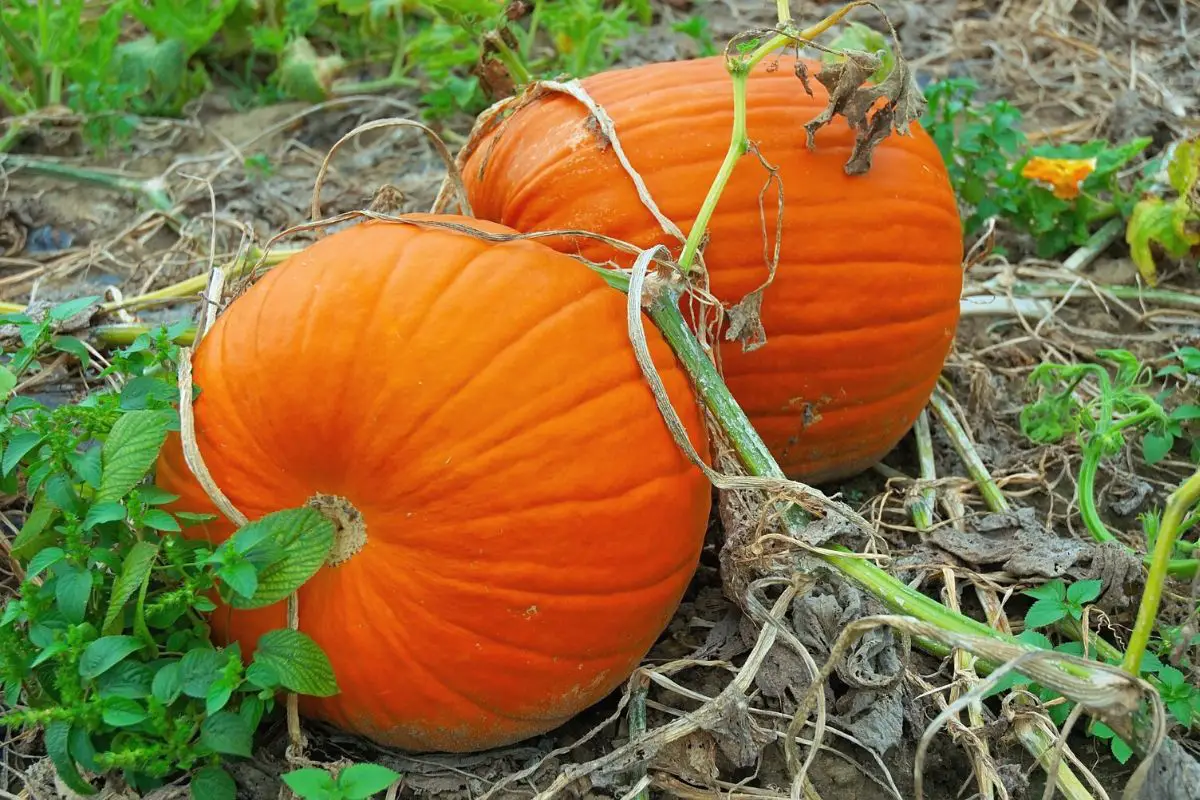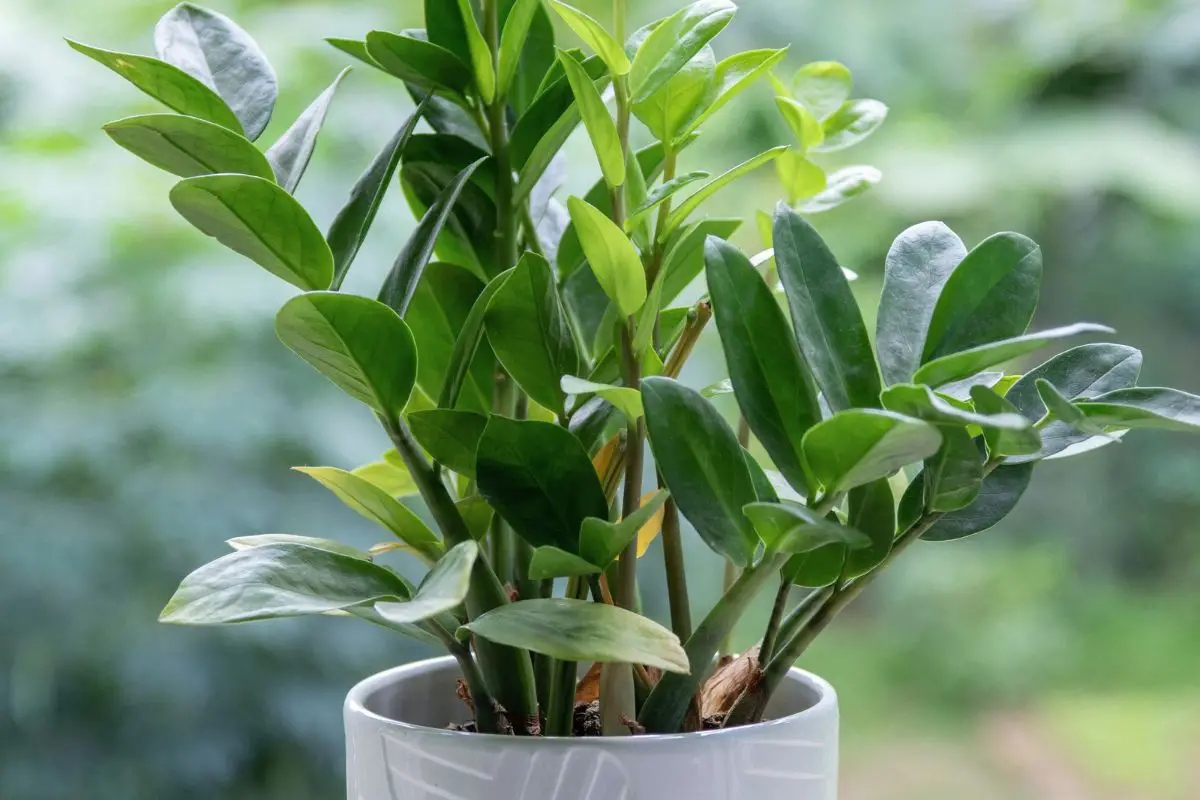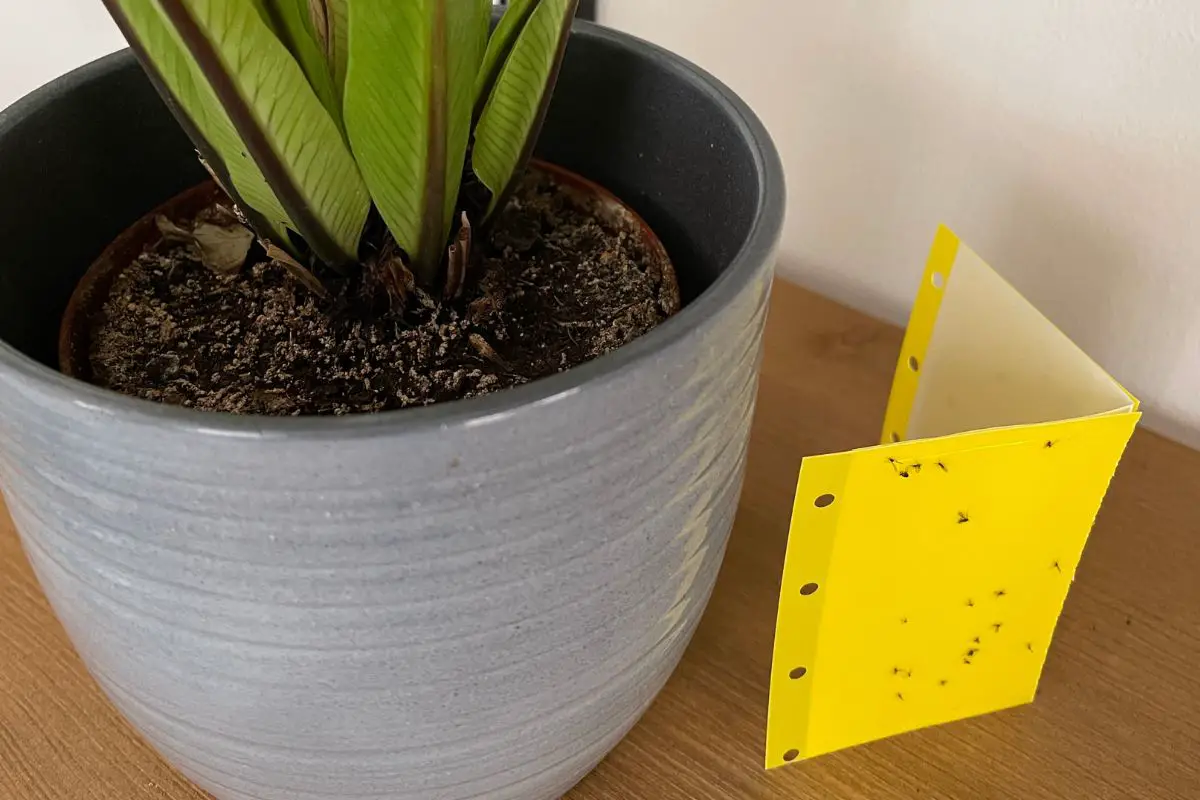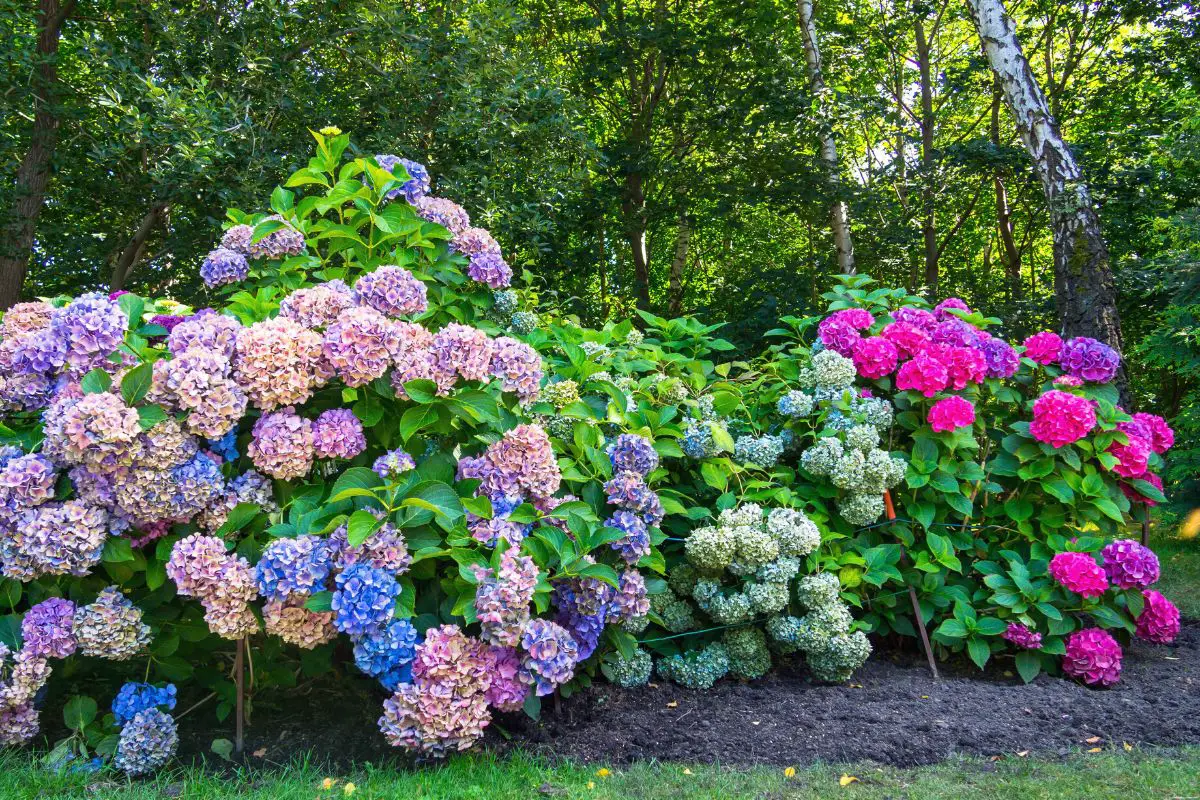Laurels are a wide variety of shrubs that make excellent hedges in home gardens. However, they can spread so wide and cause significant damage to your property. To prevent that, you must plant a laurel hedge at a safe distance from your house.
You can plant a laurel hedge as close to a house as at least half the plants’ spread at maturity. If you expect your laurel to spread 5 feet (1.5 m), you should plant it 3 feet (90 cm) away from your house. You should also consider the same distance from any underground structures.
This article will discuss the recommended distance of a laurel hedge from a house and why keeping such a distance is essential. I will also share some tips on keeping your house safe if you can’t follow the recommendation.

Recommended Planting Distance
Various laurel cultivars have an average spread of 5-10 feet (1.5-3 m). Some varieties can spread even wider if left unpruned.
The recommended distance of a laurel hedge from a house is half the plant’s maximum spread at full maturity. Any less, and you risk damaging structures like walls and windows. The laurel hedge’s competitive roots can also destroy underground cables and water pipes.
Therefore, it is vital to observe proper spacing among plants and between a house and plants to prevent maintenance and repair issues as the plants mature and become fully established.
Risks of Planting Too Close to Structures
A properly pruned laurel hedge looks impressive with its dense evergreen foliage and occasional blooms. However, any experienced gardeners will advise you to keep the hedge at a safe distance from your house.
You should keep a laurel hedge away from your house because its roots and branches can damage underground structures, walls, and windows. Its blooms may also attract pollinators to your house. In addition, its foliage, stems, and bark are toxic to cats, dogs, and humans.
Let’s discuss how serious these problems can be:
Damage from Roots and Branches
Laurel shrubs or trees have woody branches that can spread in all directions. They can damage windows or walls when planted too close to a house.
Typically, laurel shrubs spread as wide as they are tall. However, some cultivars, such as the Otto Luyken and Schipka laurel, can have a more extensive spread than height. As a result, some gardeners have to prune them more once they mature to maintain the shape of the hedge and protect nearby structures.
Meanwhile, many laurel cultivars have shallow roots that can twist around and damage underground structures like cables and wirings. Those with deep roots can pierce through water pipes.
Attracting Insects During Flowering Season
Numerous laurel cultivars have attractive flowers that can attract wildlife to your garden. While birds and butterflies can add life and beauty to your garden, bees and other insects may be more of a problem.
Planting your laurel hedges away from your house can help prevent these insects from getting in and causing problems to sensitive family members.

Toxicity Concerns
House cats, dogs, and young children may suffer from poisoning if they ingest any part of a laurel shrub.
Dogs and young kids may be especially curious to nibble on the cherries of Cherry laurels or the flowers of other cultivars. On the other hand, cat parents know that feline companions tend to unwittingly chew on some leaves when they try to self-medicate for discomfort.
These behaviors put them at a high risk of poisoning, which can be fatal. Laurel plants are generally severely poisonous.
Most plants contain toxic substances in any of the following plant parts:
- Stem
- Leaves
- Flowers
- Bark
- Roots
- Seeds
Ingestion of toxic parts can cause any or multiple of the following symptoms:
- Vomiting
- Diarrhea
- Difficulty breathing
- Panting
- Respiratory failure
- Spasms
- Disruption of muscular and nervous functions
Even the bay laurel (Laurus nobilis), often used for culinary purposes, can cause toxicity symptoms such as vomiting and diarrhea to pet cats and dogs. If ingested in large amounts, it can even cause death.
Tips for Growing a Laurel Hedge in Small Gardens
Not all home gardens have enough space for a hedge. Even so, many people still like growing a hedge because of the privacy and improved garden appearance.
If your garden has limited space, it is still possible to grow a laurel hedge closer than the recommended distance. However, you need to address a few things before enjoying the lush greenery without the anxiety that it might cause some problems later.
You may want to follow the tips below:
Take Note of the Underground Structures in Your Area
Although it may seem troublesome, it helps to be aware of the underlying structures in your garden. It can help you make sound decisions on how to modify your garden without compromising the safety of your property.
When planting a laurel hedge close to your house, it can be easy to manage the branches because you can see them and prune them accordingly. However, the roots can be the real issue. Since you cannot see and predict how widely the roots will spread, it helps to make an estimate.
You can make adjustments if you cannot grow your hedge at the recommended distance. For a laurel shrub that typically spreads 5 feet (1.5 m), you can plant it 18-24 inches (45-60 cm) from your house and at least 18 inches (45 cm) away from underground structures.
Adequately watering your hedge can also prevent the roots from spreading too wide or extending too deep into the soil.
Choosing the Right Laurel Variety
Once you have considered the location of underground structures, you can choose the laurel cultivar that will best suit your area:
Laurel Hedges With Deep Roots
Laurel hedges with deep roots, such as mountain laurel, are excellent options for gardens that rest on top of wires and cables. The woody central roots typically extend downwards, with few fibrous roots extending outwards.
These lateral roots are weaker and do not pose serious threats to underground pipes and cables.
Varieties With Shallow Roots
If your garden sits on top of septic or sewer systems, it is best to use laurel varieties with shallow roots such as the bay laurel. Their roots mainly spread on the upper 12 inches (30 cm) of the soil and grow outwards, reducing the risk of damaging the said structures.
That being said, the soil conditions can prompt more various root growth in all the laurel species, and pruning is essential in maintaining a shallower root structure.
Less Toxic Options
Although most laurel plants are poisonous to cats, dogs, and humans, some varieties are less toxic and can cause minor irritation.
Some less harmful cultivars include:
- Laurus nobilis (Bay laurel or Sweet bay)
- Prunus lusitanica (Portugal laurel).
On the other hand, some varieties can pose fatal risks once ingested.
You may want to avoid planting the following types too close to your house:
- Kalmia latifolia (Mountain laurel)
- Prunus laurocerasus (English laurel)
- Prunus caroliniana (Carolina cherry laurel).
Regular Pruning
Pruning your laurel hedge can help maintain its shape and control its height and spread. It also limits the density of the foliage. Thicker foliage typically results in extensive root growth to meet the plant’s moisture and nutritional requirements. Trimming down the foliage can slow down root growth.
Regular pruning of a laurel hedge can also protect your house from any risk of physical damage from unruly woody branches that would otherwise grow in all directions.
As long as you can keep up with the pruning needs of your plants, it can be safe to grow a laurel hedge at least 18 inches (45 cm) from your house.

Pet Deterrent Measures
If you have house pets running freely in your garden, you may need to use pet deterrent techniques to keep them away from your laurel hedge. This fact is true regardless of whether your hedge is close to or at an appropriate distance from your house. As discussed, ingestion of poisonous parts can be fatal to your house pets.
You can use citrus-scented sprays to keep cats and dogs away from your laurel hedge. However, the scent can disappear quickly outdoors.
Some people scatter orange peels around the hedges. The downside is that it doesn’t look neat.
Another option is to use a scat mat to prevent pets from jumping on your hedges for a nibble.
Final Thoughts
A thick laurel hedge with bright or dark green foliage can add life and character to any home garden. However, it is best to keep it at a safe distance from your house to avoid any potential damage to your property from its widely spreading roots and branches.
Growing them closer to your home is possible if you can prune them regularly to maintain their shape.
Consider some tips above if you ever need to grow a laurel hedge closer to your house.







